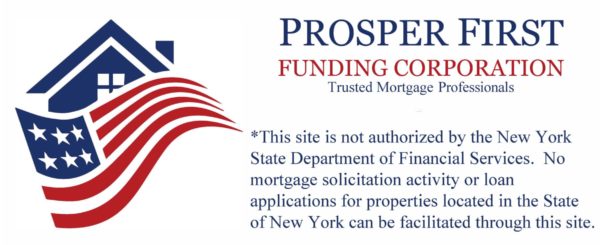With each new year come new predictions and analyses about the economy. In today’s online world, they have become quite prevalent and varied as well. Yet even though they are but simple predictions, their value to our economy is evident. They change the behaviors of individuals and markets alike and are worth knowing–if only to see how they play out.
Housing, in particular, is full of much tracked data, data which is often forecasted four to six quarters into the future. Things like housing starts–the number of homes that have begun to be built in a certain timeframe, new home sales–the number of never-before-occupied homes that have sold, existing home sales–the number of re-sold homes, and mortgage rates are analyzed and based on past and potential future performance then shown to the world. Here’s a quick roundup of the most popular 2014 housing market predictions.
Construction is back.
Building activity has been depressed with too many existing homes on the market, “household formation” down, and builders having a harder time obtaining financing. The long-term average for housing starts is 1.5 million units a year. In 2013, it was only 600,000.
Home prices will rise 3 percent.
According to Zillow, home prices will only rise 3 percent in 2014. They attribute this to higher mortgage rates, more expensive home prices pushing some buyers out of the market, and a greater supply of homes due to less homes being underwater and more new construction.
Interest rates will be around 5 percent by years’ end.
Remember a couple months ago when we talked about the Fed tapering their bond purchasing? Well, it’s probably going to keep going down, which means interest rates will likely slowly rise through the year. Lawrence Yun, chief economist for the National Association of Realtors, thinks they’ll hit 5.4 percent by the end of 2014.
More households will hit the market.
When the economy slows and family breadwinners lose their bread, you see households merging together; parents move in with grandparents, young adults move in with mom and dad. When this happens, the number of households decreases. Typically 1.1 million new households are created each year. This number more than halved from 2008 to 2011, when only 450,000 new households were created annually. The decrease in unemployment for younger people and other positive market factors should help increase household growth through 2014.
My husband and I are looking at a house that has an HOA, but we never lived with one before so we are curious to know if there are benefits to having one. I liked how you pointed out that one good thing is that they will provide a landscape company to help with the yard work. It will be great not having to worry about spending all of our time doing it, but having it still look nice.
Very nice love the colors
I would love to have a tiny home to live in! It seems more manageable and affordable. The Hiatus in Oregon is beautiful. I love the wood floors. can you put a tiny house on any property? Thanks for the inspiration and information!
I have a home in Stamford CT and I am looking for someone to assume my mortgage. Not sure if you are interested in something like this based on what I saw on your website. Eric
Is it possible to buy a first home with a 580 credit score? The house is in Groton ct and is only $90,000
